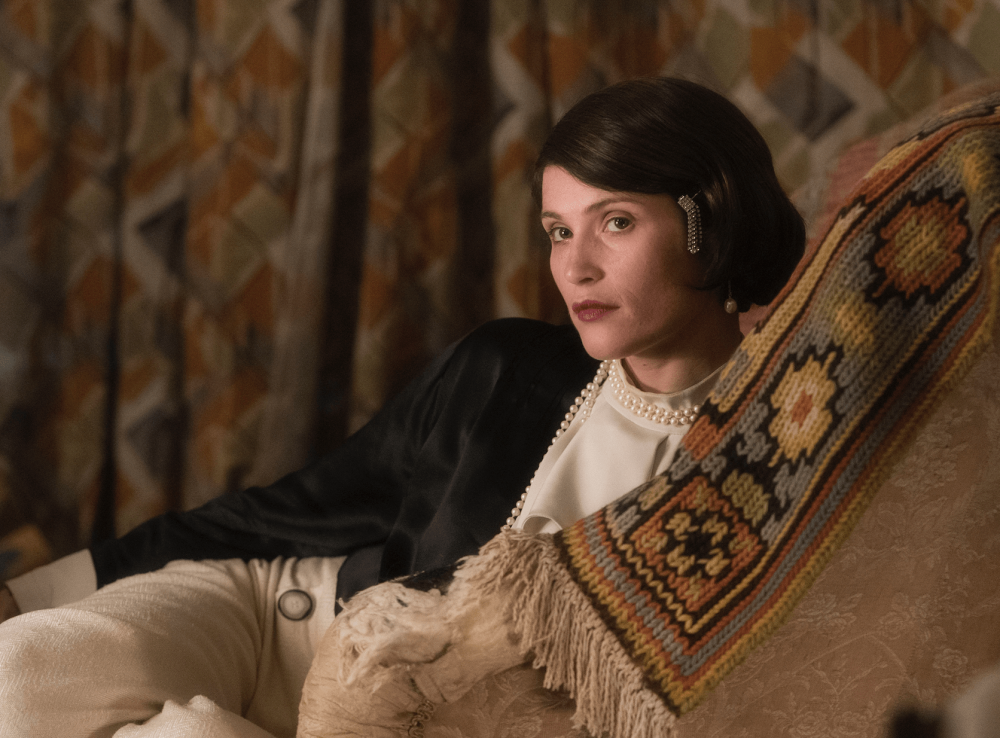Behind the scenes of a new film about the love affair between literary icons Virginia Woolf and Vita Sackville-West.
Virginia Woolf, in her essay A Room of One’s Own, wrote that in order for a woman to write fiction she must have two things: a room of her own and enough money to support herself. This declaration came to be applied not just to writing but to life itself when it was taken up by a generation of feminists.
“Sometimes women do like women,” wrote Woolf…
But I have always wondered how Woolf would have handled it if there were two women writers in that one room; and what her practical recipe for lesbian love might have looked like—especially when there wasn’t really a word for it other than “Sapphic”—and anyone who pursued Sapphic love in Edwardian England would have been considered a social outcast, if not something worse.
“Let us admit in the privacy of our own society that these things sometimes happen. Sometimes women do like women,” wrote Woolf in her characteristically delicate-yet-direct discursive voice.
But how is one to sustain this “like”—emotionally, physically, psychologically, domestically? Perhaps the reputedly carnally averse Woolf felt the same way as Marlene Dietrich, who is thought to have said, “Sex is much better with a woman, but then one can’t live with a woman!”
Virginia’s great Sapphic love was Vita Sackville-West, but how did that work out? All we really know about it comes from the letters the two women wrote to each other over a decade, and from the analysis of it by Vita’s son, Nigel Nicolson. And as astute as his book Portrait of a Marriage is, he is both a man and a son. For him to get into bed with these women, figuratively speaking, was not possible. While it is assumed that Woolf was “sexually frigid,” I’m not sure how this can be proven.
